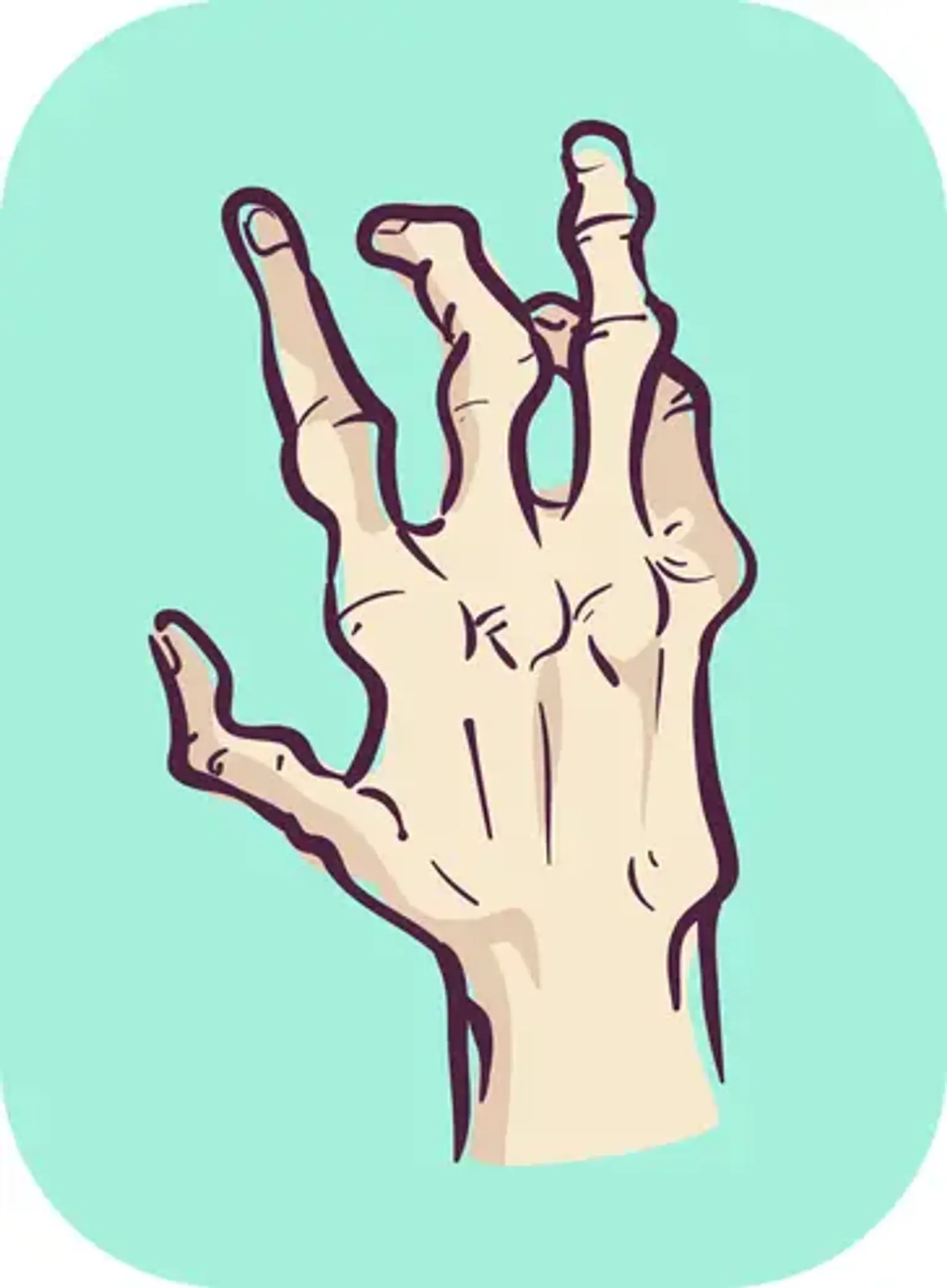Joint deformity
Overview
Rheumatoid arthritis (RA) used to wreak havoc on the hands and feet. Joints began to deform. The fingers and toes were twisted out of form. Because to earlier detection and better treatment, these alterations are becoming less prevalent and less severe. Crooked fingers, for example, can be caused by osteoarthritis. Bunions can be caused by wearing shoes that are too small. However, if you have RA, joint abnormalities indicate that your condition is not under control.
